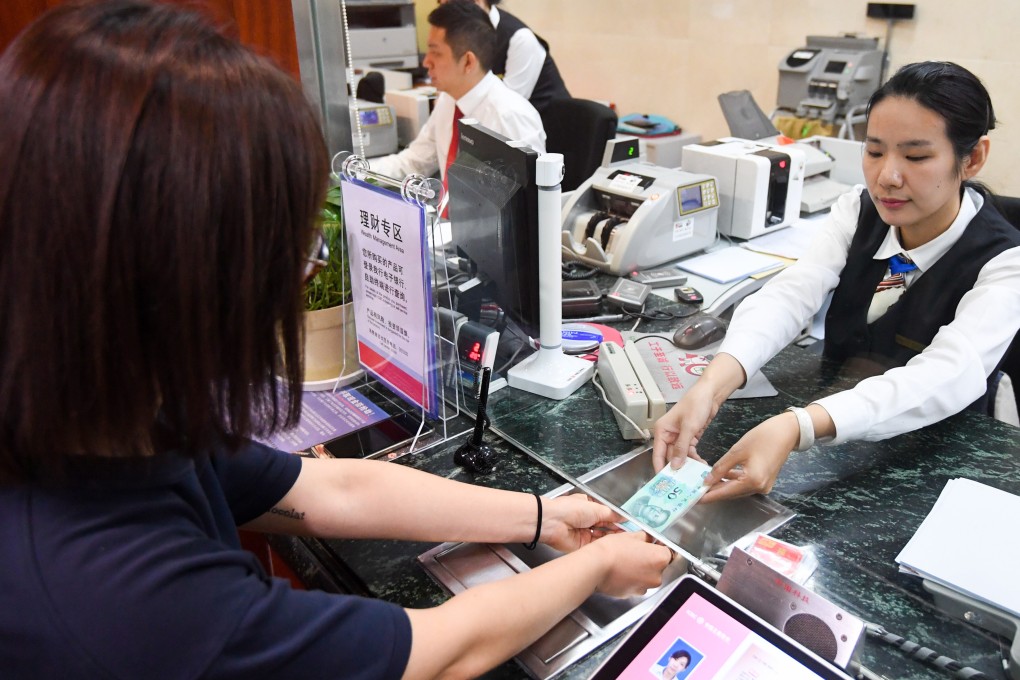China keeps loan rate steady for fourth straight month
- The one-year loan prime rate (LPR) was kept unchanged at 3.85 per cent, while the five-year LPR remained at 4.65 per cent
- Most new and outstanding loans are based on the LPR, while the five-year rate influences the pricing of mortgages

China as expected kept its benchmark lending rate steady for the fourth straight month on Thursday.
Most new and outstanding loans are based on the LPR, while the five-year rate influences the pricing of mortgages.
Twenty-eight traders and analysts out of 31 participants in a snap survey conducted by Reuters this week had predicted no change to the either rates.
It seems that policymakers see little need to engineer a further decline in bank lending rates given the relatively rapid economic recovery and the continued prop from loose fiscal policy, which is set to drive a further improvement in activity in the coming months
“The lack of a cut is not surprising since the [People’s Bank of China (PBOC)] had not lowered the rate on its medium-term lending facility (MLF) this month as it did ahead of the past three cuts,” said Julian Evans-Pritchard, senior China economist at Capital Economics.
“This would have been the most straightforward way for the PBOC to push down the LPR, which is set as a spread above the MLF rate. What’s more, the PBOC has also allowed market interbank rates to increase in recent weeks, which will have made banks more reluctant to lower their lending rates.”